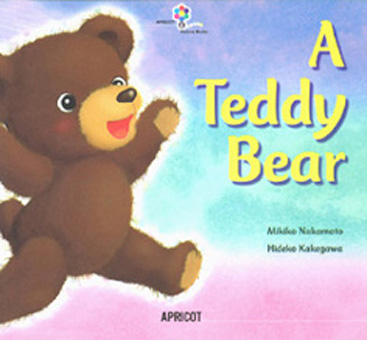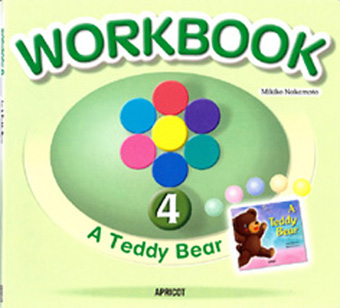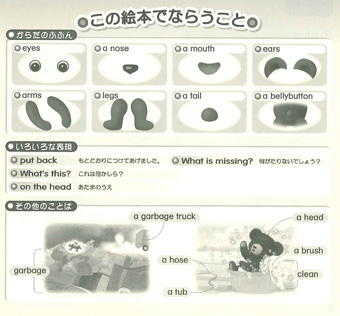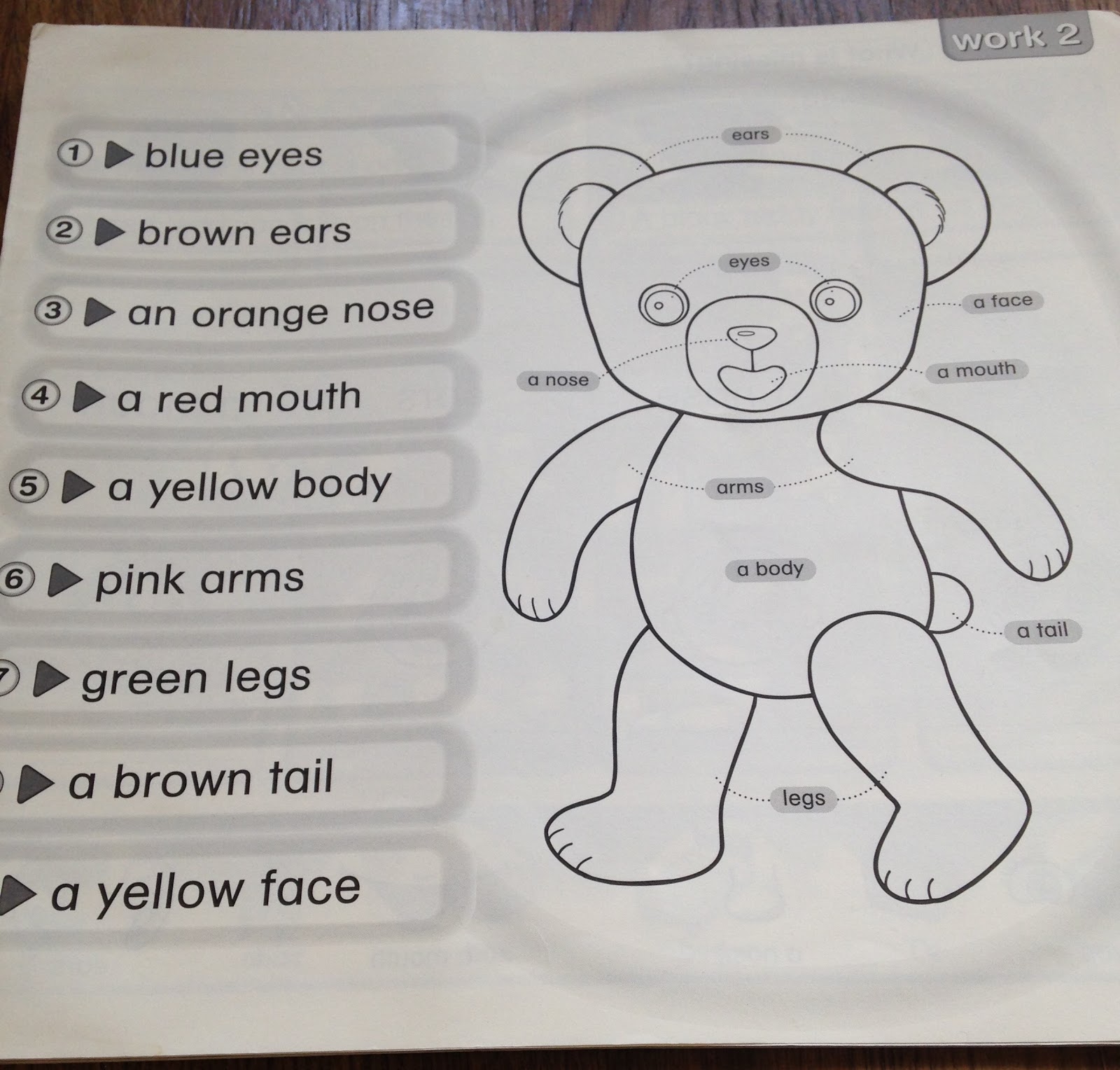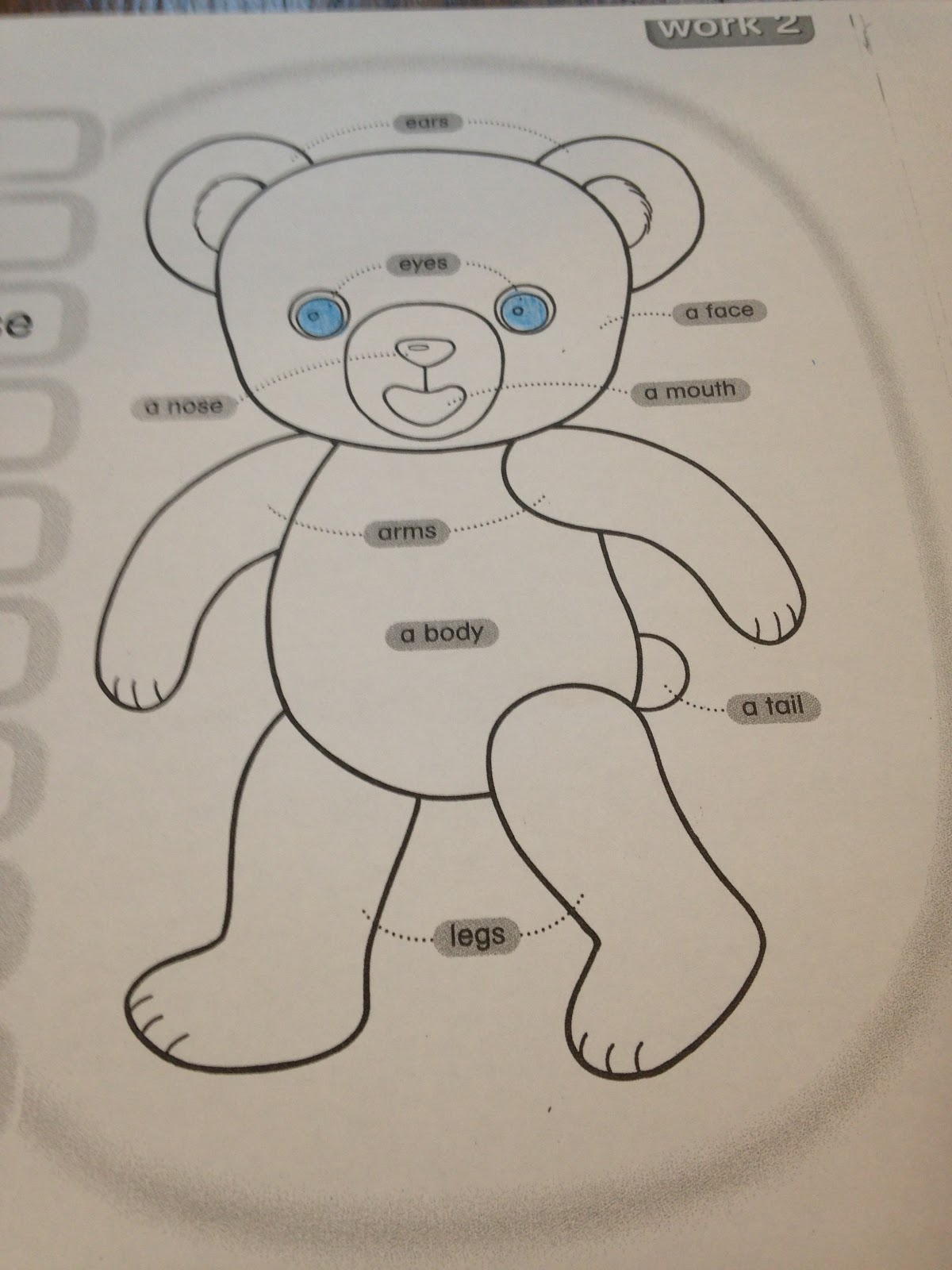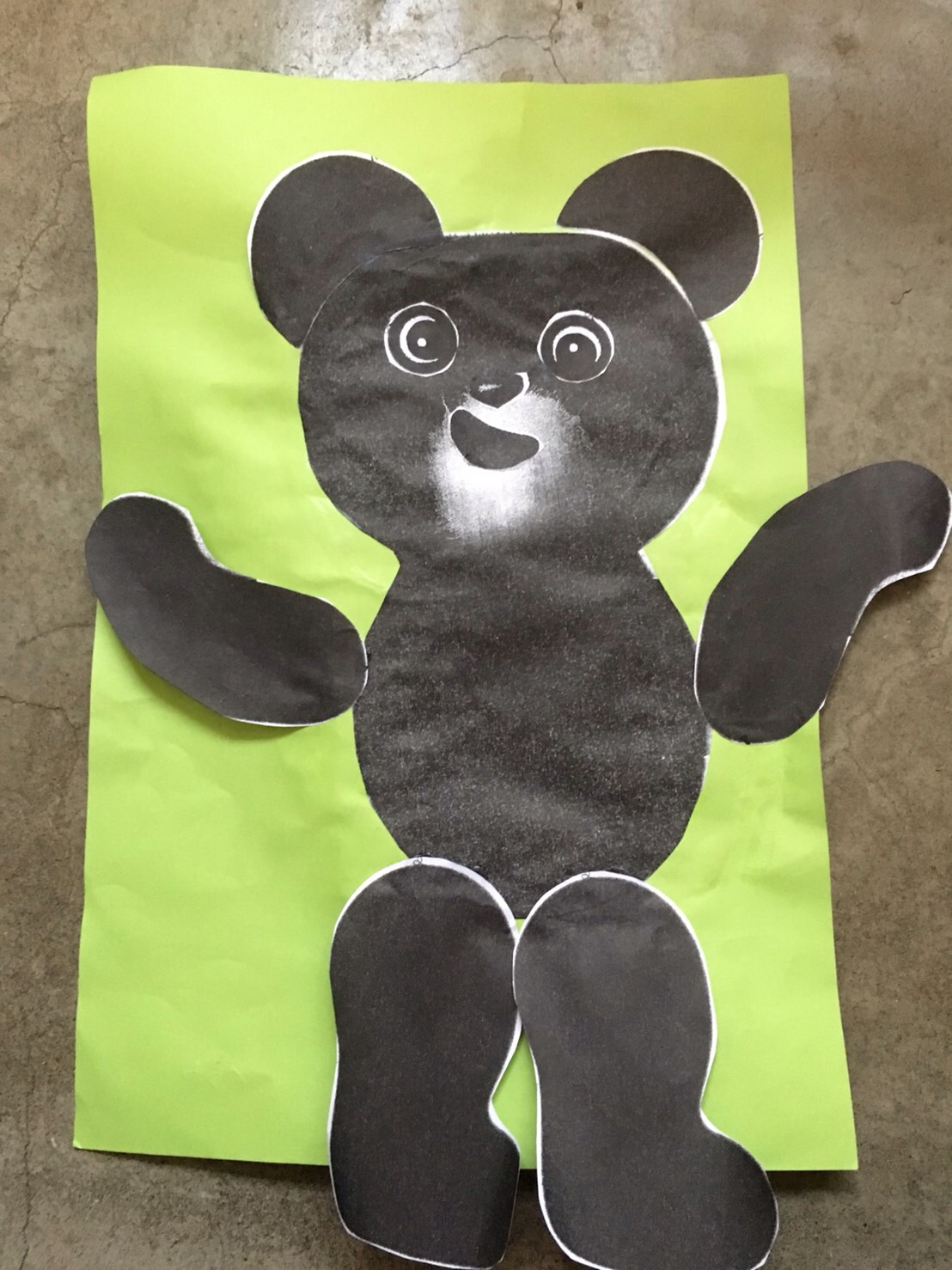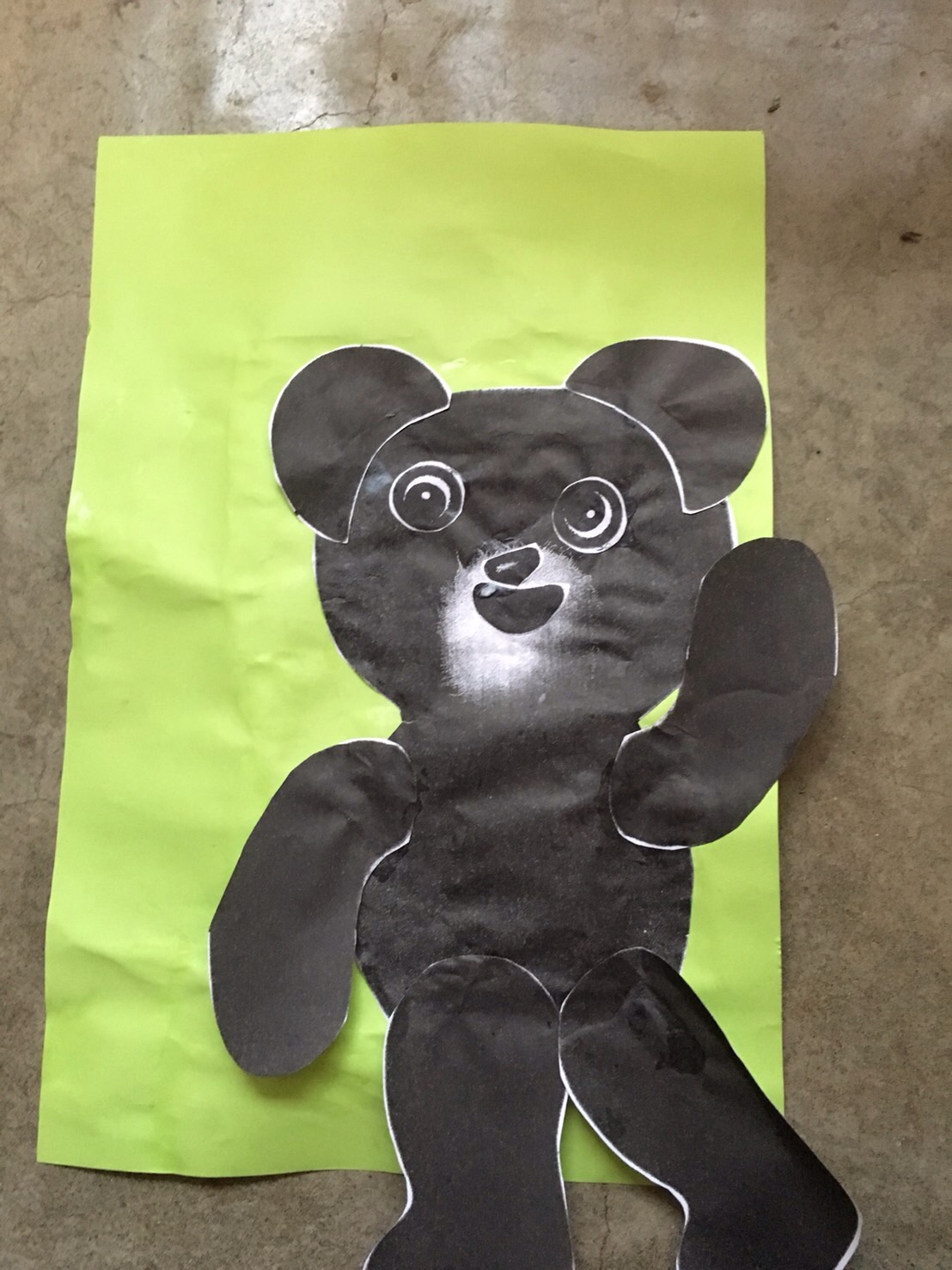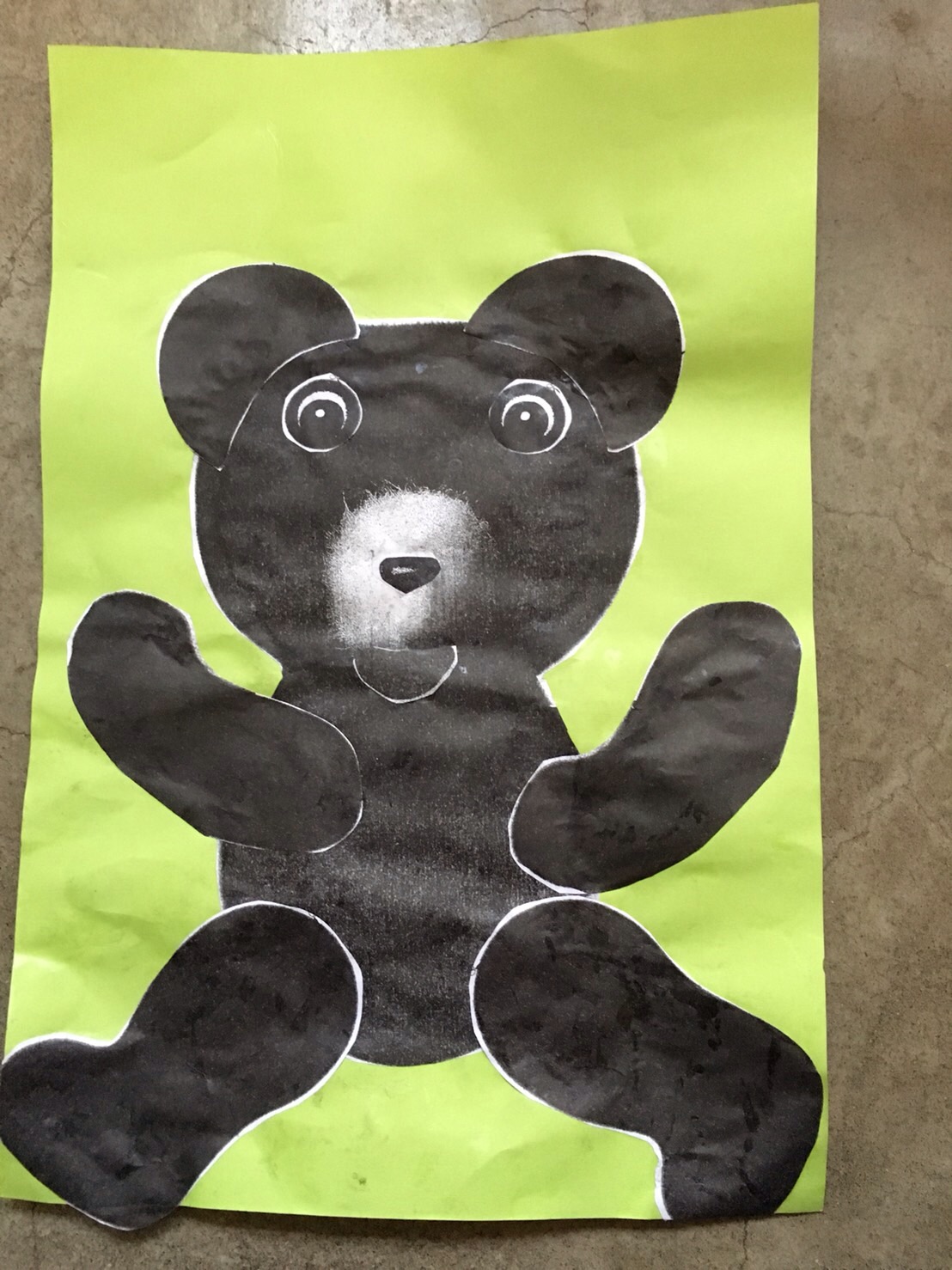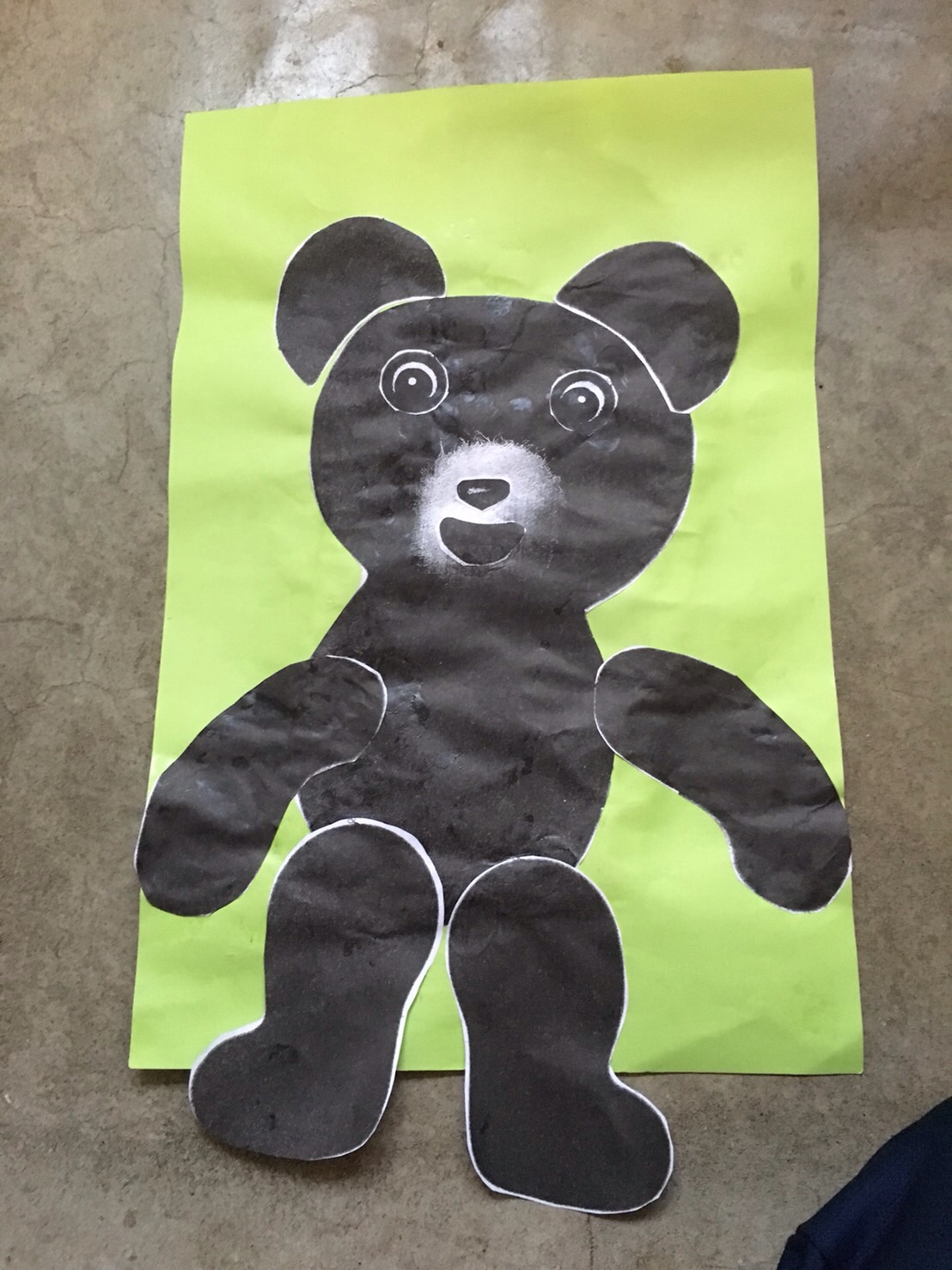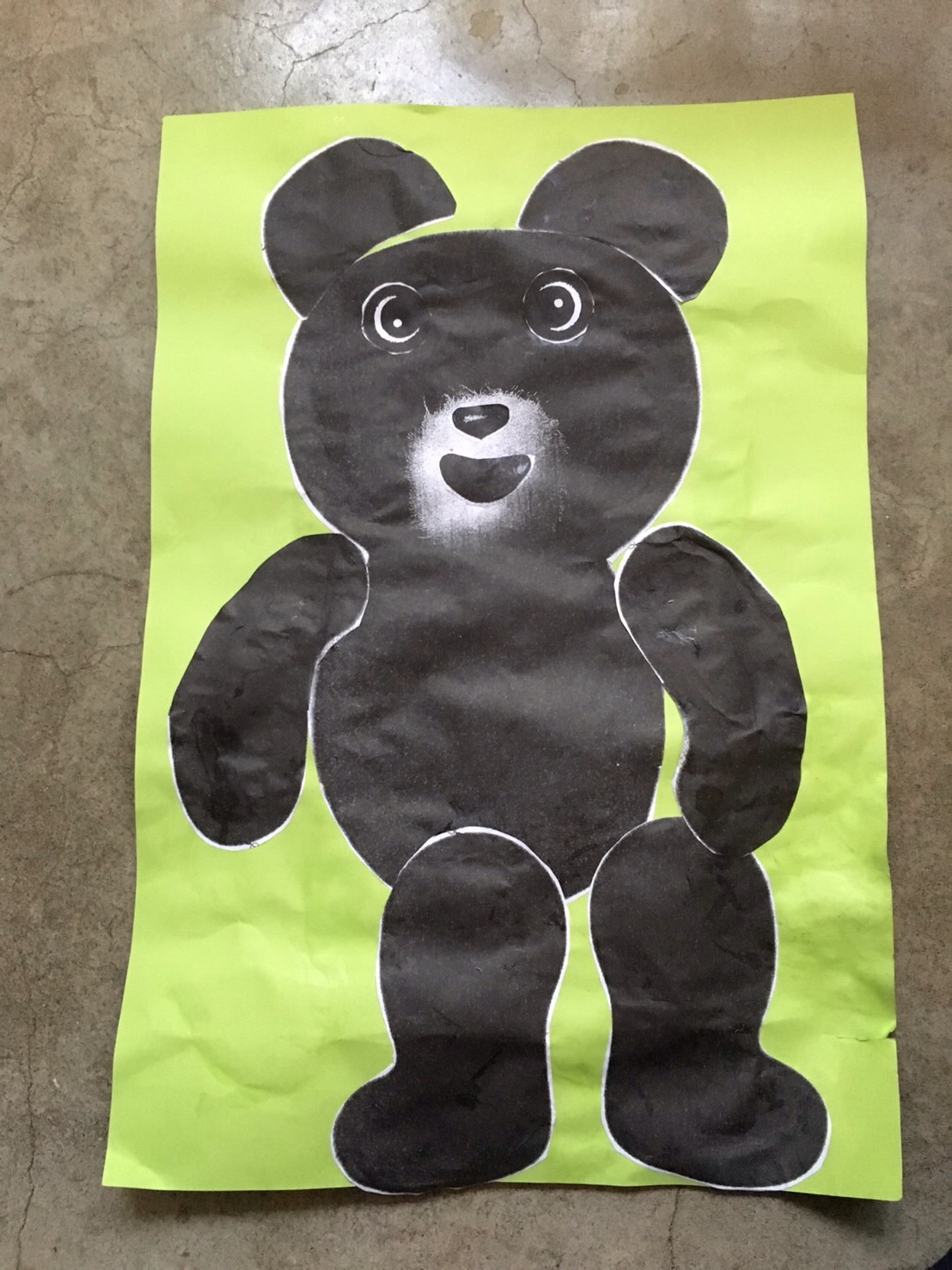

- 54. 10 Useful Pieces of Advice for Teaching with LEARNING WORLD #9 & 10
- 55. “Happy New Year!” “I don’t say that.”
- 53. Halloween 2019
- 52. READY Workbook Pg. 17
- 51. English-Uplift 1-Day Seminars
- 50. READY Workbook - vocabulary copying activity
- 49. 10 Useful Pieces of Advice for Teaching with LEARNING WORLD #8
- 48. 10 Useful Pieces of Advice for Teaching with LEARNING WORLD #7
- 47. 10 Useful Pieces of Advice for Teaching with LEARNING WORLD #6
- 46. 10 Useful Pieces of Advice for Teaching with LEARNING WORLD #5
- 45. 10 Useful Pieces of Advice for Teaching with LEARNING WORLD #4
- 44. 10 Useful Pieces of Advice for Teaching with LEARNING WORLD #3
- Kindergarten aged students
- Lower Elementary-school aged students
- Upper Elementary-school aged students
- Junior High and older students
- Others
22. APRICOT Picture Book “A Teddy Bear”
I recently presented the APRICOT Picture Book “A Teddy Bear” to a class of 15 kindergarten students.
The final activity was for the students to make their own teddy bear using the photocopiable body parts printed on the last page. To assemble the bear, the students had to ask the teacher(s) for each body part: “Eyes, please”, “A nose, please” etc.
All in all, it’s a simple and fun activity that provides students with a reason to use the English for body-parts.
Yet, whenever I’ve done this activity in the past I have always experienced some difficulty with it. Mainly this: the vocabulary – body, eyes, ears, nose, mouth, arms, legs – is quite a handful for young learners. There is a lot to remember, students sometimes confuse “eyes” with “ears”, and “arms” is for some reason easily forgotten. As a result, whenever students have come to get their bear’s body-parts from me, I’ve needed to remind them what to say: “Eyes, please”, “Ears, please”, “Arms, please” etc. Reminding students what to say in a situation is normal of course, but in this activity it’s frustrating because this is precisely the English I want students to say independently, and once the bear is complete, there really won’t be another opportunity.
So this time, I slipped in a few other activities prior to the bear-making activity for support, and I’m happy to report that the students did much better than previously! The activities are described below, and can easily be spread out over two, three or four lessons depending on lesson length.
ACTIVITY 1: The Picture Book “A Teddy Bear”.
This material serves, among other things, to present the vocabulary of body parts in context.
The vocabulary’s input was supported by students saying each item and showing their location on their own body.
ACTIVITY 2: “A Teddy Bear” WORKBOOK page 3: Color the body parts.
Students colored the body parts as instructed by the teacher(s).
T: “Color the ears!”
Ss: “What color?”
T: “Green!”
In this way, students could indicate their understanding of the vocabulary. Before and after this activity, again students said each item and showed their location on their own body.
ACTIVITY 3: “A Teddy Bear” WORKBOOK page 5.
The students were unable to read the English on the left of the page, so I showed them my coloring – one body part at a time, and one student at a time, and out of sight of the others. This way one student had to relay the information to the rest of the class:
S: “(Color the) eyes!”
Class: “What color?”
S: “Blue!”
Activity 2 gave the students an opportunity to “listen and indicate their understanding”.
Activity 3 gave the students an opportunity to “say” the English.
Before and after each activity, the vocabulary was reinforced with students saying each item and showing the location on their own body.
ACTIVITY 4: Making the bear
Preparing 7 body parts for each student was painstaking (lots of photocopying and cutting-out) but unavoidable.
Each student first received a B4-sized sheet of construction paper. In fact, B4 was a little bit small for the completed bear to fit comfortably. This ensured that students used their imagination to make it fit, and helped each bear’s uniqueness.
Students were then instructed to go to the teacher(s) to collect the body parts, then return to their desk to glue them on.
Importantly, not all the body parts were available for collection immediately!
The first body part made available for collection was the bear’s body. This vocabulary was fixed for step 1 of making the bear to make subsequent steps smoother. All students were able to say “Body, please” easily.
The next body parts made available for collection were the “eyes” and “nose”. Having two body parts available, as opposed to just one, was necessary to encourage genuine communication.
Next were the “ears” and “mouth”. For simplicity, I decided to keep “eyes” and “ears” available for collection at different times, not together.
Then finally “arms” and “legs”.
I was happy with the activity overall because the students generally felt success with the English, they used it communicatively, independently and with hardly any need for reminding. They enjoyed it and the results were very unique to each individual student.











